We recently attended the January Furniture Show at the NEC in Birmingham. As we weren’t exhibiting that day, we decided we would spend our time speaking with bed and mattress manufacturers about the BPR, along with our new free guide to BPR for Beds & Mattresses.
The BPR came into force in September 2013. Here we are more than 5 years later and manufacturers still don’t know about BPR. Yet it is the manufacturers who will be found responsible if they’re not BPR compliant.
How has this happened? Only one of the bed or mattress manufacturers we spoke to knew about BPR, and that’s because we already work with them.
In brief, this is what bed and mattress manufacturers need to know about BRP:
- If you’re selling a product that uses treated materials to produce a biocidal claim you have to be BPR compliant
- You obligations are to do more than simply use an approved biocide, you must correctly label a treated article and have additional information available upon request
- Your staff should all be educated on BPR to an appropriate degree
Why Are Manufacturers Not Paying Attention To The BPR?
Education & Enforcement
So how has this happened. Well firstly, there has not been as much action on the compliance front as you’d imagine for an EU regulation that came into effect 5 years ago. The wider team responsible for the BPR have been busy with approving and banning chemicals, but as their list reaches completion that is about to change.
In the UK, the HSE and local authorities are responsible for enforcing the BPR, and their approach to compliance is, in the first instance, to help distribute relevant information to relevant parties:
The HSE’s compliance strategy is taking two broad approaches:
1. Education, help and promotion. The HSE recognises the need for additional information on the BPR for manufacturers and brands.
Followed by more formal and serious actions to ensure compliance:
2. Proactive and reactive interventions, backed up by formal enforcement where necessary.
Enforcement tools include:
• Formal written advice
• Improvement notice
• Prohibition notice
• Prosecution
And penalties include:
• Summary Conviction
• Unlimited ne and/or
• Up to three months imprisonment • Conviction on Indictment
• Unlimited ne and/or
• Up to two years imprisonment
We recently requested information from HSE on the materials they’re providing to educate, help and promote BRP to manufacturers and retailers of Treated Articles. They did respond but only to point us to a page on their website. This is perhaps not enough to get the message out there.
So lack of action on the part of HSE is likely a contributing factor to the number of products on the market that are not BPR compliant.
We’ve also been in touch with the NBF to ask for their take on BRP and what steps they’re taking to communicate the BPR to their members. We were pleased to hear that over the last few years the NBF has provided free seminars and training on all aspects of the BPR, and also has resources online for members.
This year the NBF will also be updating their code of practice by checking in on members regarding their BPR compliance, anyone found non-compliant will be offered additional support. In worst case scenarios where efforts are not made to become compliant, membership may be revoked. So it’s great to see that real BPR support is being offered.

